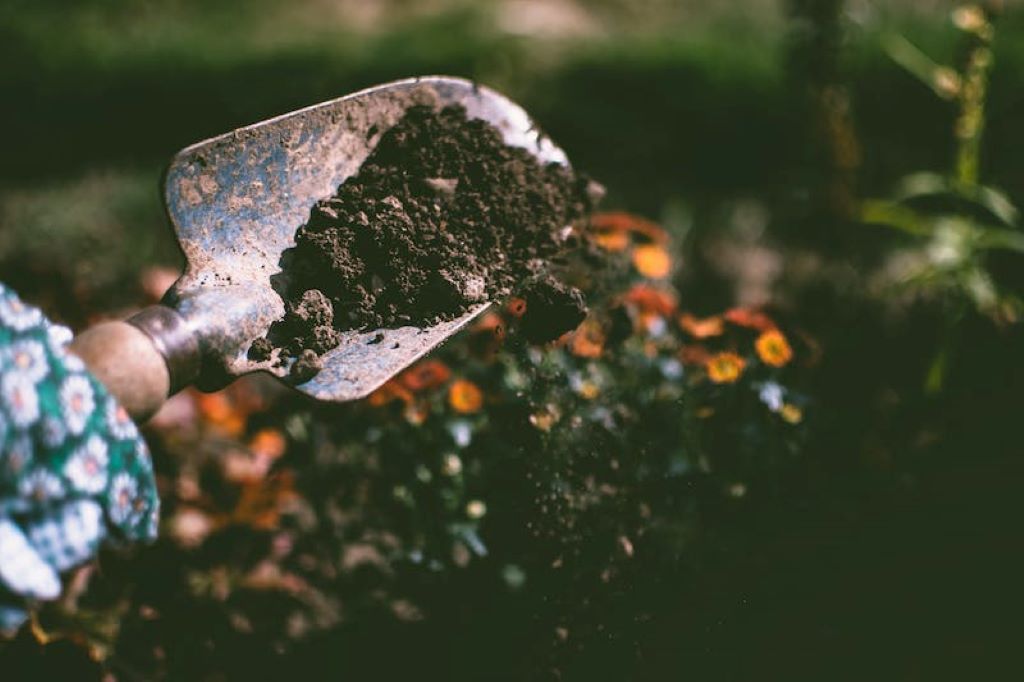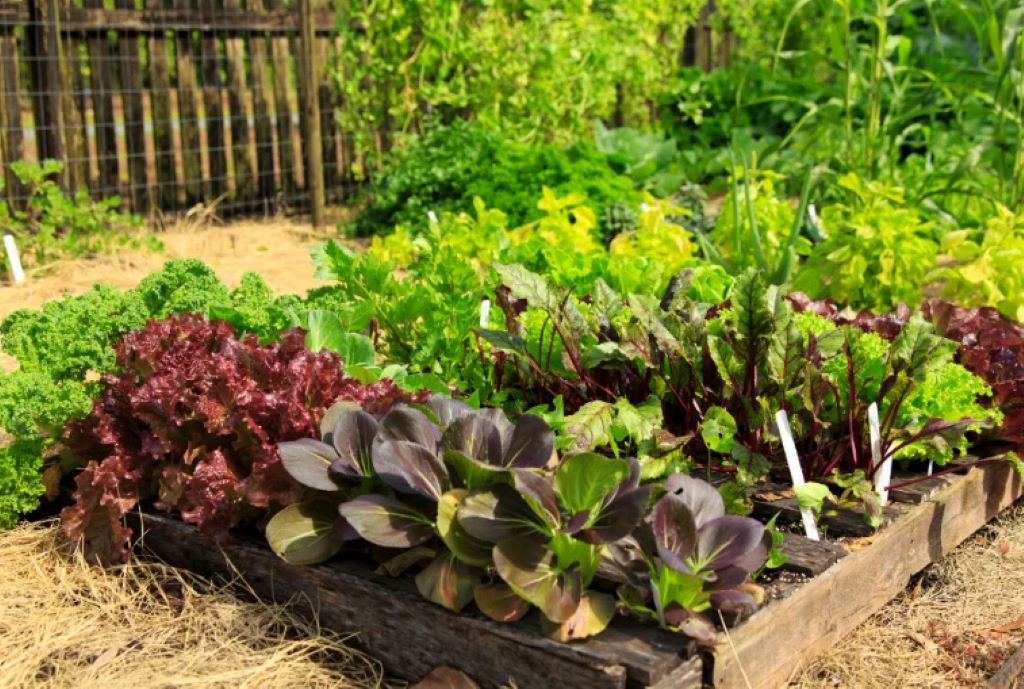For many travel enthusiasts, the desire to cultivate a connection with nature transcends exploring landscapes. It’s about nurturing life and witnessing the magic of growth. Raised bed gardening, a technique beloved by seasoned gardeners and beginners alike, offers a unique way to bring this aspect of travel home. But have you ever wondered what lies beneath the surface of your vibrant raised bed? Understanding soil science, even at a basic level, unlocks a world of possibilities and empowers you to become a master gardener, regardless of your location.
Beyond the Picture Perfect: The Hidden World of Soil
Imagine soil as a living ecosystem teeming with microscopic life. Dr. Elaine Ingham, a renowned soil scientist, aptly describes it as a “soup of life” where countless organisms work together to create a fertile environment for plants to thrive [1]. This “soup” contains a complex interplay between mineral particles, organic matter, air, and water. The ideal balance between these components is crucial for healthy plant growth.
Unlocking the Secrets: Essential Components of Thriving Soil
- Mineral Particles: The foundation of your soil, these particles come in various sizes, influencing drainage and aeration. Sand provides drainage, while silt holds water and nutrients. Clay, the smallest particle, offers excellent water retention but can restrict drainage if dominant.
- Organic Matter: The lifeblood of your soil, organic matter decomposes to release essential nutrients for plants. Compost, aged manure, and composted food scraps are excellent sources of organic matter, promoting healthy microbial activity and fostering a thriving soil ecosystem [2].
- Air and Water: Plants need both air and water for optimal growth. The ideal soil allows for good drainage while retaining enough moisture for plant needs. Raised beds offer greater control over this balance compared to traditional in-ground gardens.

The Travel Connection: Cultivating Your Soil Knowledge
Traveling exposes us to diverse ecosystems, and this newfound appreciation for nature can translate beautifully to your raised bed. Here’s how:
- Think Local: When exploring new destinations, observe the surrounding landscape. Notice the type of vegetation and how it thrives in the local soil conditions. This can inspire you to research plants native to your region and tailor your soil composition to suit their needs.
- Embrace Diversity: Nature thrives on a tapestry of life. Seek out local farmers’ markets and inquire about their soil management practices. Consider incorporating techniques like cover cropping (planting nitrogen-fixing legumes) to enrich your soil, mimicking the natural biodiversity you encountered on your travels.
- Become a Soil Detective: Different colored soils indicate varying compositions. Reddish soils often have high iron content, while dark, rich soils are typically high in organic matter. By understanding these visual cues, you can gain valuable insights into your own raised bed soil and adjust accordingly.
Empowering Your Gardening Journey: Advanced Tips for Thriving Raised Beds
- Soil Testing: Take the guesswork out by getting your soil tested. This will reveal nutrient levels and potential deficiencies, allowing you to tailor amendments for optimal plant growth.
- Mulch Matters: Applying a layer of organic mulch like wood chips or straw helps retain moisture, suppress weeds, and gradually decompose, adding valuable nutrients to your soil over time.
- The Power of Rotational Planting: Practice crop rotation to prevent nutrient depletion and disrupt pest life cycles. This technique, used by experienced gardeners worldwide, mimics the natural diversity found in flourishing ecosystems.
By understanding the hidden world of soil and embracing the travel connection, you can cultivate not just thriving raised beds, but also a deeper appreciation for the intricate dance of life that sustains our planet. Remember, gardening is a journey, and with each season, you’ll gain valuable knowledge and insights, transforming your raised bed into a testament to your travel experiences and a celebration of nature’s wonders.
Sources:
[1] The Soil Food Web by Dr. Elaine Ingham [2] Rodale’s Ultimate Encyclopedia of Organic Gardening




